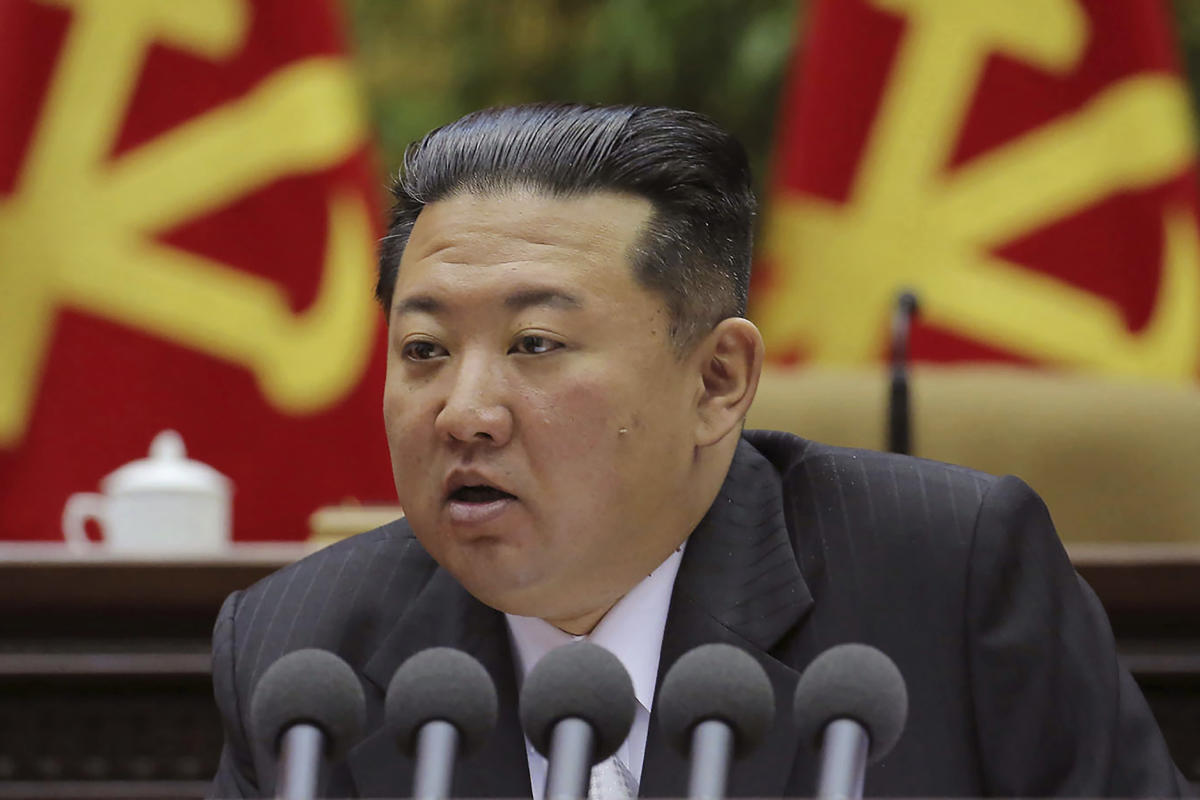SEOUL, South Korea (AP) — North Korea’s latest weapons launch on Wednesday apparently ended in failure, the South Korean military said amid speculation the North could soon launch its largest long-range missile in the most significant provocation in years.
It was not immediately clear what North Korea launched Wednesday morning or at what stage it had an apparent failure. But the launch, the tenth of its kind this year, shows North Korea’s determination to continue to modernize its weapons arsenal and pressure its rivals to make concessions amid lingering talks over denuclearization.
South Korean and US intelligence agencies analyzed details of the launch from the Pyongyang region around 9:30 am that apparently failed, South Korea’s joint chiefs of staff said in a statement that did not provide further details.
Experts say past failures have still pushed North Korea closer to its goal of acquiring a viable nuclear arsenal that could threaten its US homeland. Of the eight “Musudan” tests of medium-range missiles in 2016, only one of those launches was deemed successful by outside analysts, sparking debate over whether North Korea’s path to ICBMs had been cut off.
However, the North flew more powerful medium-range missiles over Japan in 2017 and conducted three successful test flights of ICBMs that showed potential range to strike deep into the US mainland.
If North Korea makes another ICBM launch, it would be the most notable weapons tests since those tests more than four years ago.
The US and South Korean militaries said last week that North Korea had tested an ICBM system in two recent launches, citing the Hwasong-17 missile that North Korea unveiled during an October 2020 military parade.
In the two recent launches on February 27 and March 5, North Korean missiles flew medium-range, and experts have said North Korea could eventually conduct a full-range ICBM test.
The North has said it has tested cameras and other systems for a spy satellite and said it released photos taken from space during one of the two tests, but it has not confirmed which missile or missile it launched.
Experts say North Korea is looking to increase its ICBM capability as it tries to launch its first spy satellite into orbit. North Korean leader Kim Jong-un has vowed to acquire an upgraded ICBM and a spy satellite among a suite of advanced weapon systems he needs to face what he calls US hostility.
The Hwasong-17 is North Korea’s largest missile, potentially flying up to 15,000 kilometers (9,320 miles), far enough to strike anywhere in the US and beyond. The 25-meter (82-foot) missile, which was again displayed at a defense exhibition in Pyongyang last year, has yet to be tested.
The three ICBMs that North Korea tested in 2017 were the Hwasong-14 and Hwasong-15. Some analysts say developing a larger missile could mean trying to arm its long-range weapons with multiple warheads to overcome missile defense systems.
Other missiles tested this year were mainly short-range nuclear weapons that bring within range South Korea and Japan, both key US allies.

